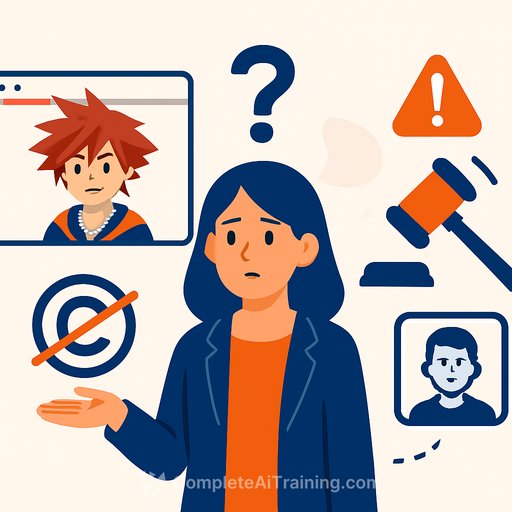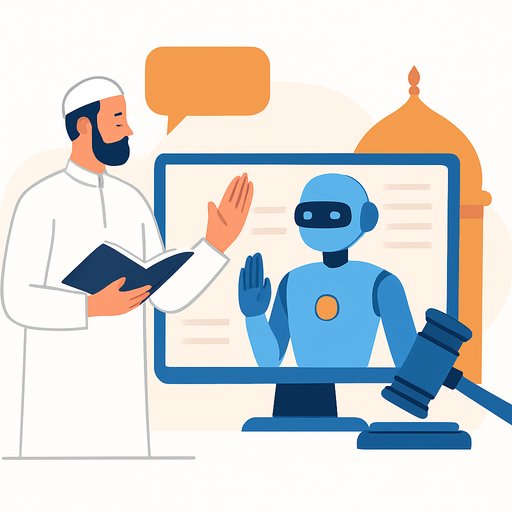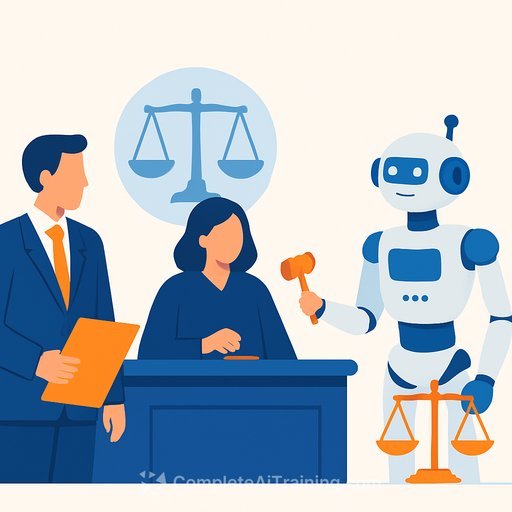Sora 2 AI Video Is Cheap To Make. The Legal Bill Isn't.
Hyper-realistic AI video is now within reach. So are lawsuits. With Sora 2 and similar tools, the core rule is blunt: the user - not the model - carries the legal risk.
If an AI clip leans on someone else's IP or likeness, the first defendant in line is the human or company that pressed publish. That's the starting point for smart policy, tight contracts, and better controls.
What Lawyers Have to Say about Liability
"The human or organization that deploys an AI system is generally responsible for how the output gets used," says Sean O'Brien of Yale Privacy Lab. In practice, claims start at the operator's doorstep, not with an algorithm.
The Copyright Office has been clear: copyright protects human authorship, not machine-generated output. Courts have echoed the point, finding no copyright in works created entirely by AI without meaningful human input. That creates a strange split - your AI video may be hard to protect while still exposing you to infringement or false endorsement claims.
Technology attorney Richard Santalesa puts it plainly: fair use doesn't give broad cover for recognizable characters, logos, or signature elements. Parody and bona fide news may hold up; commercial remixes of famous IP invite litigation. Platform terms - including those for Sora 2 - prohibit infringement, but those policies push risk to users rather than cap it.
U.S. Copyright Office guidance on AI and authorship
Copyright and Training Data Flashpoints in AI Video
There are two problem areas. First, outputs: to claim protection, expect "human in the loop" requirements - disclose AI use and show substantial human authorship. Second, inputs: lawsuits challenge training on copyrighted works without permission. There's no uniform rule yet, but the pressure is changing how models are built and how they can be used safely.
Studios and rights holders are escalating complaints about AI videos that mimic characters or franchise styles. Performers and unions are sharpening their focus on likeness and voice. In Europe, the AI Act will force more transparency and labeling for synthetic media, and industry groups push for content credentials to track provenance end-to-end.
The Right Of Publicity And The Risks Of Deepfake
Even if you avoid studio IP, faces and voices can trigger separate claims. Most states recognize a right of publicity that bars commercial use of a person's name, image, or voice without consent. New statutes - like Tennessee's ELVIS Act - target voice cloning, and many states are moving against deceptive election deepfakes.
Federal scrutiny is coming, too. False endorsements can draw the FTC, and defamatory video is fertile ground for civil suits. Watermarking and provenance tools can help show good-faith steps, but "the AI made me do it" won't fly.
Practical Guardrails For Creators And Brands
- Avoid prompts tied to specific fandom IP; use original, fillable prompts that don't hinge on branded characters or assets.
- Get written releases for any likenesses and voices - including "soundalikes." No release, no use.
- Turn on platform filters and opt-out lists. Log prompts, seeds, settings, edits, and review notes to evidence human authorship and intent.
- Run legal review for ads and monetized content. Keep a human in the loop to verify facts, claims, and disclosures before distribution.
- Embed provenance metadata (C2PA-style content credentials) and use clear on-screen disclosures where material. Archive source files and project history.
- Vet vendors for data sourcing, licensing, and indemnities. Consider media liability insurance that covers AI-related risks.
Bottom Line from the Legal Desk on AI Video Risks
Sora 2 unlocks impressive storytelling; it also shifts liability squarely onto users. Current U.S. trends point one way: fully machine-generated works are tough to protect, while misuse of others' works or identities is easy to challenge.
Until courts and lawmakers draw brighter lines, take the conservative path: original prompts, documented human authorship, explicit permissions, and visible provenance. Treat AI video like a device you control - it's on you where you aim and what you publish.
Further learning for legal and compliance teams
AI courses by job role can help train marketing, product, and legal teams on safer AI video workflows and review practices.
Your membership also unlocks:






